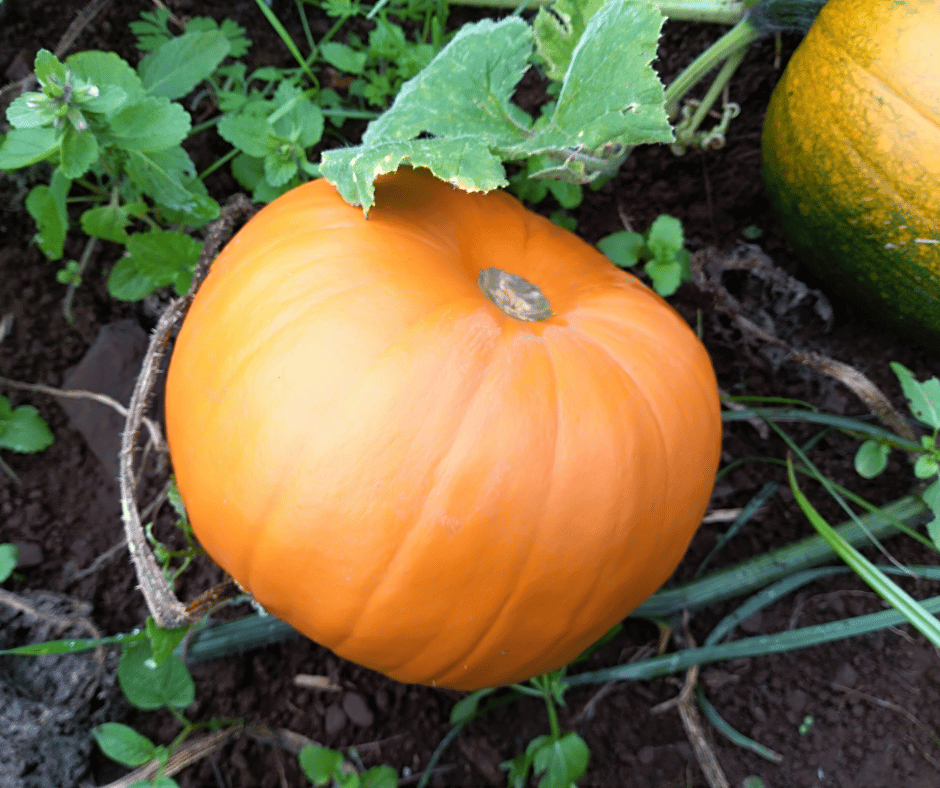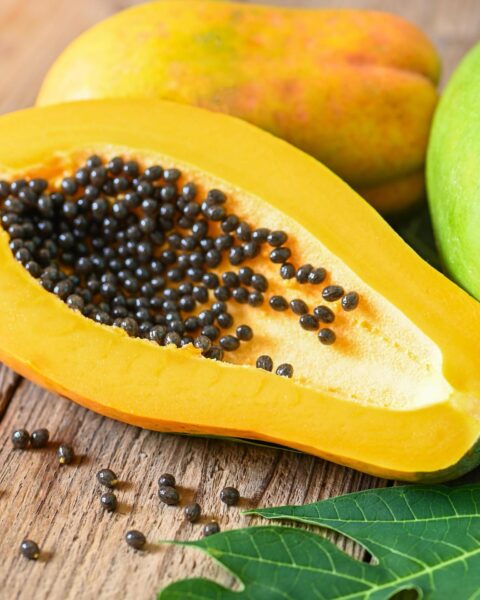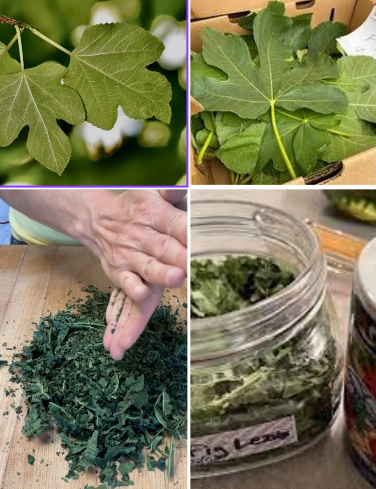Check out these tips on how to grow pumpkins successfully in the garden.
Pumpkins are a great tradition for those who love fall. You can enjoy their flesh and pulp in all kinds of dishes, from pies to muffins or soups! Try mashing them up with some potatoes for an excellent side dish that will warm you on chilly nights like this one too.
Pumpkins are a great crop for those who love to grow them. With the right care and attention, you can successfully cultivate your very own patch in just about any backyard!
In this article we’ll share some helpful tips that will help ensure an abundant harvest with big healthy pumpkins year-round all season long.

Facts about Pumpkins
Pumpkins are a member of the Cucurbitaceae family.
The word pumpkin comes from the Greek “peopon” which is a contraction of two words meaning ‘large melons’.
The traditional autumn dish – pumpkins are considered a winter squash, and are native to the southwest part of United States. They are also native in South American countries like Columbia, Ecuador, and Peru.
These hardy veggies have been cultivated since around 3,500 BC. Pumpkins and maize or corn are two of the oldest known crops grown in America- it’s believed that Native Americans roasted strips of pumpkin on open fires for food!
The Native American tribes also used dried strips of pumpkin to create woven mats.
The pumpkin is a very popular vegetable among Americans today. One way that colonial Americans prepared pumpkins was by removing the tops, de-seeding them, and filling each squash with milk mixture before baking them for an hour or so in order to make pies! Modern day pumpkin pie is believed to have originated from this original dish!
Today, pumpkins are a staple decoration of the fall season; they’re particularly associated with Halloween and Thanksgiving.
Growing Pumpkins
Now that you know some of the most important historical facts about pumpkins, let’s discuss how to grow them in your own garden. Before doing so though, it’s important to know that they need ample space!
Pumpkins can reach up to 20 feet or longer on their vines and need an adequate amount of room, so consider this before deciding to grow pumpkins in your garden.
When you plant vines, be sure that there is plenty of room for the roots and shoots. Direct them where to go as long as they’re young; once established it’s best not to intervene with their natural movement.
If you have a small space, it’s possible to grow pumpkins even though they won’t produce large amounts of fruit. Jack Be Little’s are great for this because they’re not edible and serve only as ornamental plants!
If you have a small space and want to grow pumpkins that can be eaten, opt for sugar-sweetening types. They grow up 4 – 6 pounds with flesh sweet enough to please any taste bud in your mouth.
When to Plant Pumpkins
Placing a pumpkin in the ground before it’s at least 60 degrees Fahrenheit can be risky and leaves plants vulnerable to frost. To prevent this, wait until early June when the soil is warm enough for your pumpkin seeds.
Pumpkins are one of the most popular vegetables grown in America. They have a long growing season, which means you can start your pumpkins indoors and transplant them when the ground has warmed up enough to support their growth without getting inhibited by frost risk or limited sunlight like other crops might experience during winter months.
It’s always a good idea to start your pumpkin-growing journey about 3 weeks before the weather outside is at its optimum.
Where to Plant Pumpkins
Pumpkins, as mentioned should be planted in soil that is rich and well-drained. Make sure you choose a spot with plenty of sunlight to ensure your pumpkin gets enough sun! Space them according to their recommendations on the seed packet for best growth rates.
To increase their success, consider growing the seeds in hills of dirt that are slightly raised off ground. Hills usually warm up a lot faster than flat land and they drain water much quicker too! Planting in hills will also allow them to flow downward for an even better outcome.
Feeding Pumpkins
Pumpkin plants are heavy feeders, so you’ll want to make sure that they get their dose of fertilizer. You can use any all-purpose type, which is formulated for vegetable gardens, and add manure or compost into the soil on a regular basis if possible!
How to Water Pumpkins
Deeply watering pumpkins once a week will help them grow strong roots, and avoid sunburn. Try applying 1 inch of water at a time to ensure adequate moisture in the soil for healthy growth! Be careful not overwater these plants or they’ll rot from excess moisture.
While pumpkin leaves may appear wilted in the heat of a day, this is not always an indication that it needs more water. As long as you see them perk up again after sunshine fades, they are fine, so make sure you always check their leaves before giving them more water.
Applying mulch to your beds is a great way of retaining moisture in the soil and keeping weeds at bay. Additionally, it will help keep your plants from getting thirsty!
When watering your pumpkins, try to keep the foliage as dry as possible. It’s important for a healthy plant and can lead to rot or disease development if dampness occurs in certain conditions.
Pumpkin Pests and Diseases
Unfortunately, pumpkins are prone to some types of pests and diseases. Cucumber beetles can be the most common pest problem; they love eating up foliage on pumpkin plants as well small seedlings won’t survive an attack from these insects!
What you can do about this, is covering your pumpkin plants with some garden fabric to prevent the pests from attacking.
Other pests that can be problematic for pumpkins, include: squash-vine borers and leafminers. Planting companion plants with your pumpkin – leeks or onion are good choices- will help keep these pests away as they deter them from eating the plant altogether!
Pumpkins are also vulnerable to some diseases, such as powdery mildew, or fungus infections in humid conditions, or downy mildews, which thrive when there are wet ground surfaces nearby.
To prevent disease from affecting your patch you need to keep weeds out by maintaining good garden hygiene like weeding often so no unwanted disease takes over!
Pumpkin Growing Tips and Tricks
Here are some helpful tips and tricks that you can use to promote healthier pumpkin growth.
As pumpkins grow on the vine, make sure they’re not touching the ground using supports. This will help promote even coloring and prevent rot! Alternatively, you can rotate them once a week or so to get an attractive shape with more vibrant skin colors.
With a little help from bees, pollination can increase your crop yield and make sure that insects aren’t eating all of the pollen. If you’re going to use an insecticide though be careful not to apply it when flowers are open as this will kill off some beneficial bugs too! If you want to attract more bees, simply apply bee house in your garden.
The pumpkin vine is a stubborn plant, but it’s also quite delicate. Take care not to break or damage your vines because if you do then the quality of pumpkins will go down in terms on taste and texture!
Pinch off the fuzzy ends of vines after a few pumpkins form to prevent them from getting too tall. This way, your plant has enough energy reserved for fruiting!
For best results, place a piece of cardboard underneath your pumpkins as they ripen. This will prevent decay and damage from insects!
Harvesting Your Pumpkins
Pumpkins get ready to pick when they’re full-grown, and their rinds are hard. You can tell that a pumpkin has matured by how it looks: if you like their color and if they look good for fall decorations, they are ready to be harvested.
Harvest your pumpkins before the first heavy frost for best results. Clip them with pruning shears to make sure you are not cutting off too much vine, but leaving enough so that when Halloween arrives all will be well in pumpkin-land!





